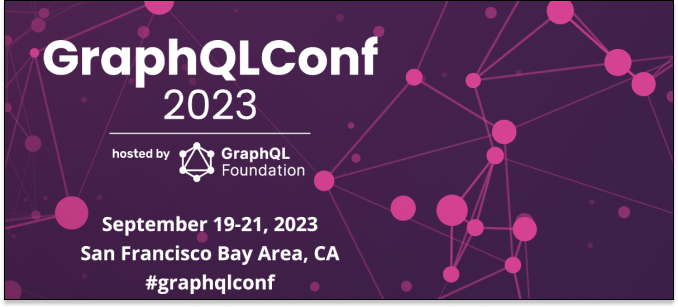Articles
When you ask someone about their API definition in the context of GraphQL, the obvious answer is "the Schema". But what if instead, we use GraphQL Queries as the API definition?
More and more GraphQL usage is showing up in applications everywhere as developers recognize the benefits over developing REST and other HTTP-based APIs. However, due to its relatively young age, it lacks a broad range of support across toolkits and libraries. This makes it harder to adapt legacy applications or clients to this new way of communicating. At Outrider, we’re modernizing a critical step in the supply chain and at the same time modernizing communication channels by encouraging the use of our GraphQL API. These integrations enable a live and holistic view into yard operations, in which historically data has been stale and siloed.
The GraphQL Spec, Simplified is a 3-part series starting with the query language, including definitions of the document, operations, selection sets, named and inline fragments, built-in directives, and more. Follow along with Loren Sands-Ramshaw to learn more about the GraphQL spec in an easy-to-understand way.
From a time of no GraphQL support, to supporting GraphQL natively with as good speed as DQL, Dgraph has improved a lot in the past year. If you compare the v21.03 release with the v20.03 release, you would find that your GraphQL queries are magically ~33% faster. In this article, Abhimanyu Singh Gaur talks about how Dgraph is now a truly GraphQL-native database and why it matters for performance.
Events
In this hands-on technical session scheduled for June 29 at 12:00 EST, StackHawk Senior DevOps Engineer, Zachary Conger, will be walking through how to protect your GraphQL APIs from vulnerabilities using automated security testing. Zachary will be walking through the process step-by-step so users can follow along and ask questions. Grab your spot and get ready to roll-up your sleeves for automated AppSec testing.
Tutorials
In this tutorial, Dane Hillard shows how to build a Django blog backend and a Vue front end, using GraphQL to communicate between them. The tutorial covers how to translate Django models to a GraphQL API, how to run a Django server and a Vue front end at the same time, and more. Follow along with Dane to learn more about how Django and GraphQL work together.
